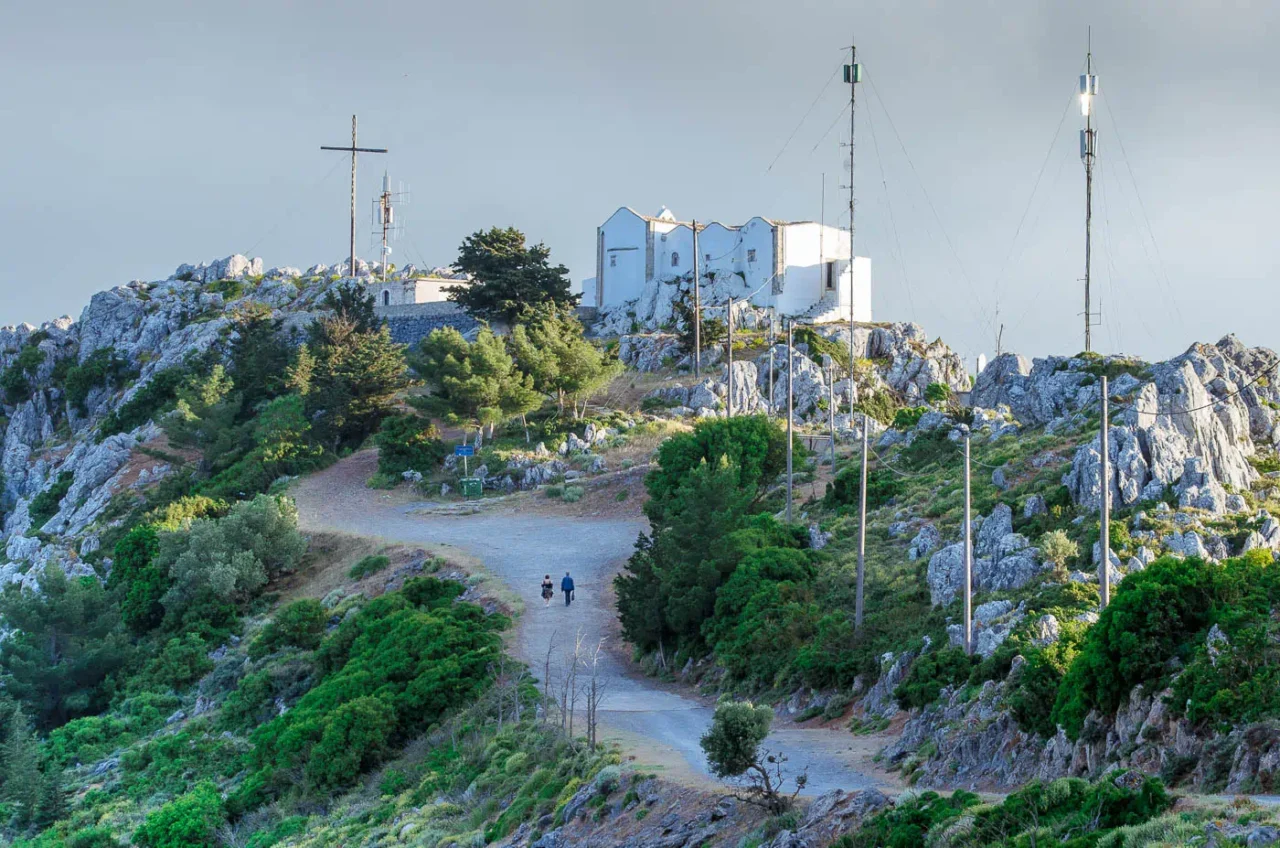
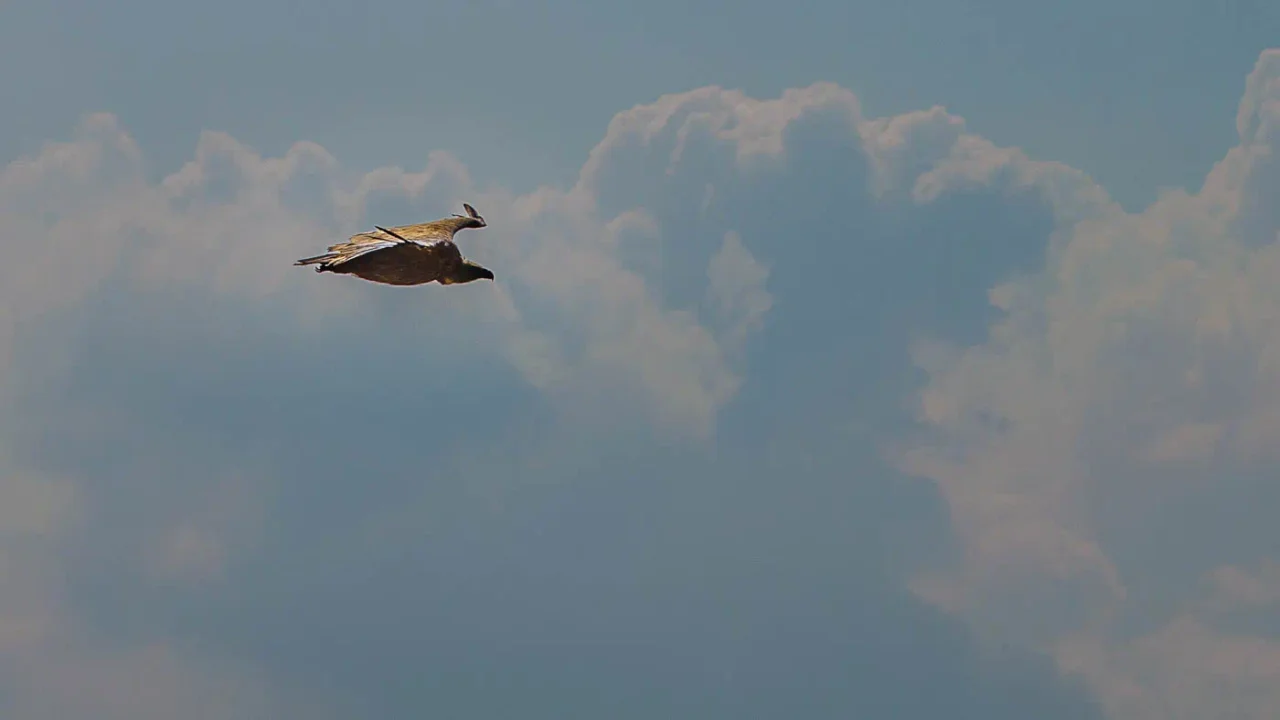
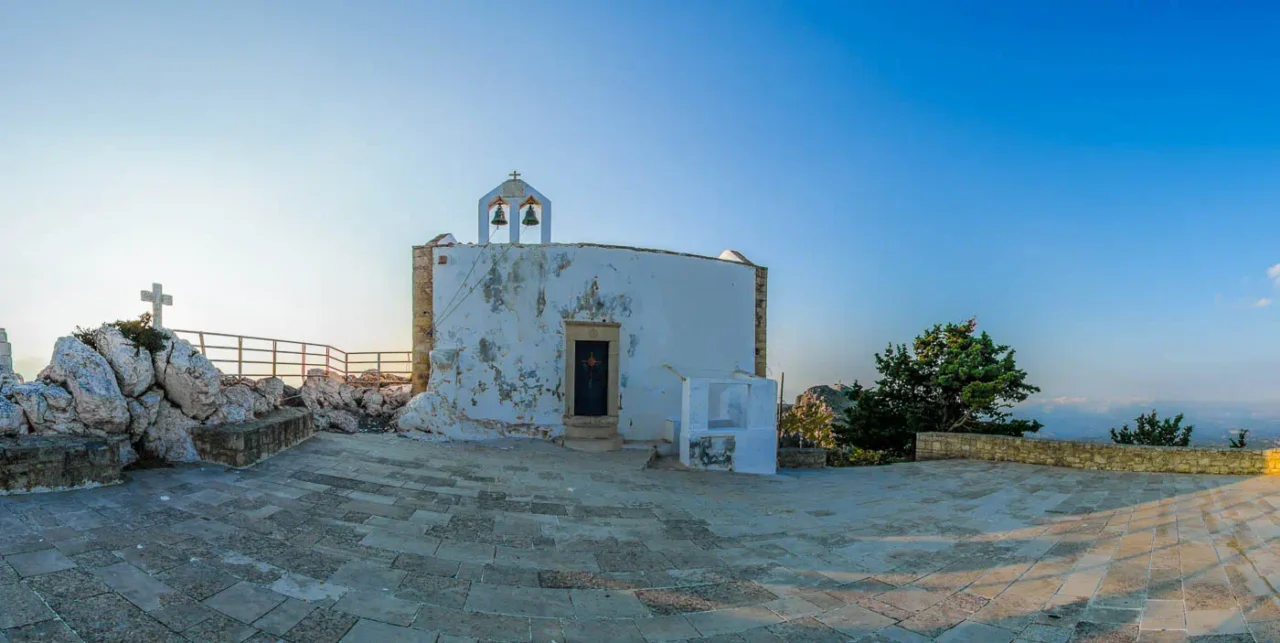
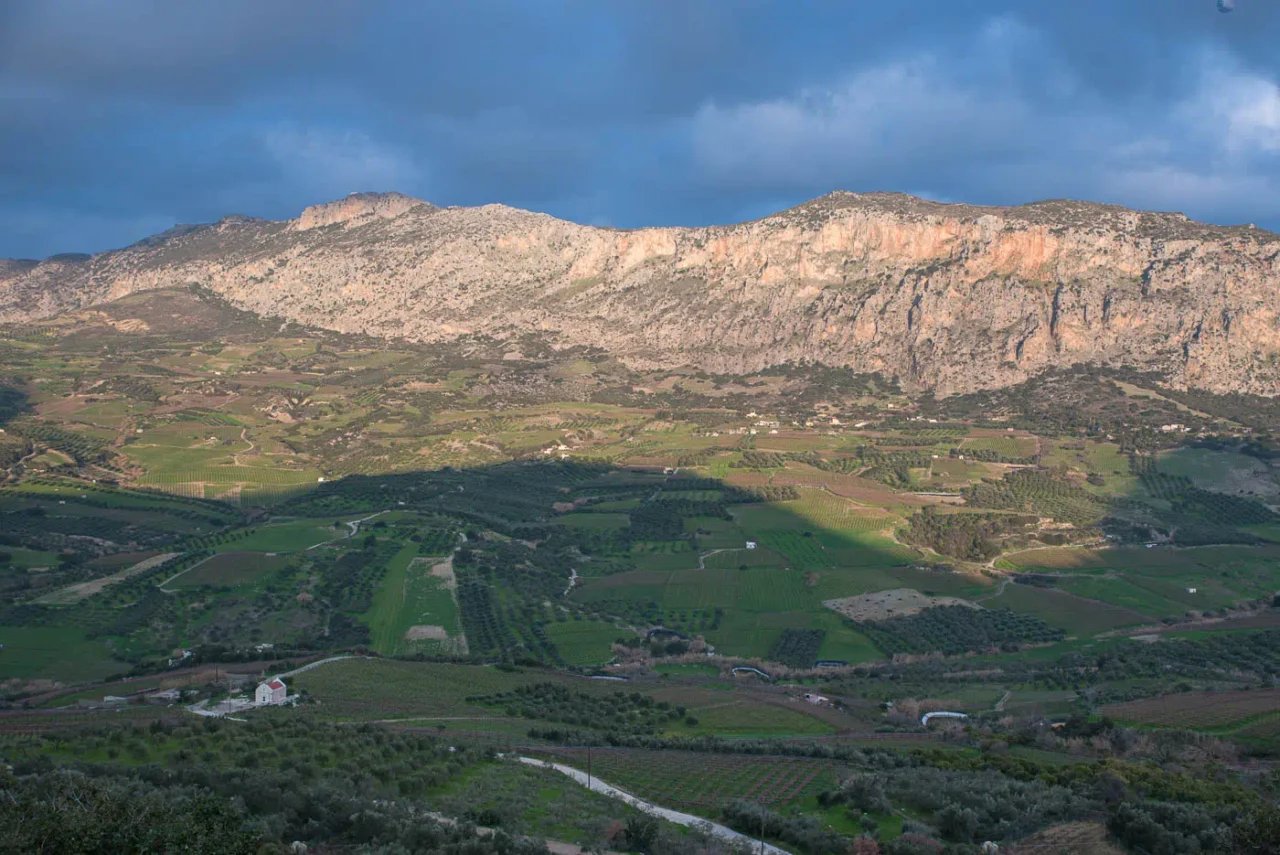
A Sentinel of History and Biodiversity
Giouchtas Mountain, a solitary peak rising to 811 meters, dominates the landscape south of Heraklion, Crete. Its distinctive profile, said to resemble the face of Zeus, has captivated observers for millennia. More than just a geological formation, Giouchtas holds profound historical and ecological significance, serving as a testament to the enduring interplay between humans and nature.
A Sacred Mountain in Minoan Crete
Giouchtas’s story begins in the Bronze Age, when the Minoan civilization flourished on Crete. For the Minoans, Giouchtas was a sacred peak, imbued with religious significance. Archaeological excavations have revealed two Minoan peak sanctuaries on the mountain: one at the highest point, known as Psili Korfi, and another at Anemospilia. These sanctuaries, dating back to the 2nd millennium BCE, were likely used for religious ceremonies and offerings.
The sanctuary at Anemospilia has yielded particularly intriguing finds, including evidence that may suggest human sacrifice. However, the interpretation of these findings remains a subject of debate among archaeologists. Regardless of the exact nature of the rituals performed, it is clear that Giouchtas held a central place in the Minoan worldview.
A Legacy of Myths and Legends
The association of Giouchtas with Zeus, the king of the gods in Greek mythology, likely predates the Minoans. The mountain’s anthropomorphic shape, visible from afar, may have inspired the belief that it was the final resting place of Zeus. This belief is echoed in ancient texts and local folklore, adding another layer to the mountain’s mystique.
Even today, Giouchtas retains its aura of sacredness. A small church, Afendi Christos, sits atop the mountain, a reminder of the site’s enduring spiritual significance. The church, founded in 1443, attracts pilgrims and visitors who come to admire the panoramic views and experience the mountain’s unique atmosphere.
A Biodiversity Hotspot in a Changing Landscape
Despite its proximity to Heraklion, Crete’s largest city, Giouchtas harbors a surprising diversity of life. The mountain and its surrounding area, including the Agia Irini Gorge, are home to a rich array of flora and fauna. Over 360 plant species have been recorded, including 18 endemic to Crete or Greece. The dominant vegetation is maquis and phrygana, typical of the Mediterranean climate, but there are also stands of cypress and pine trees resulting from reforestation efforts.
Giouchtas is also an important refuge for wildlife. Over 150 bird species have been observed, including the griffon vulture, a majestic raptor that nests on the mountain’s cliffs. Other notable species include the Bonelli’s eagle, the Eleonora’s falcon, and the Eurasian hoopoe. Mammals such as the Cretan badger, the Cretan weasel, and the Cretan spiny mouse also find shelter in the mountain’s varied habitats.
This biodiversity is under increasing pressure from human activities, including urbanization, agriculture, and tourism. However, Giouchtas and the Agia Irini Gorge are now part of the Natura 2000 network, a European initiative to protect valuable natural areas. This designation provides a framework for the conservation of the mountain’s unique ecosystems.
Exploring Giouchtas: A Journey Through Time and Nature
Giouchtas offers a variety of experiences for visitors. Hiking trails crisscross the mountain, leading to panoramic viewpoints, hidden caves, and historical sites. The ascent to Afendi Christos church is a popular pilgrimage, rewarded by breathtaking views of the surrounding landscape.
For those interested in archaeology, the Minoan peak sanctuaries are a must-see. The nearby archaeological site of Knossos, the ancient Minoan palace, provides further insights into the civilization that once thrived in this region.
Giouchtas is a place where history, mythology, and nature converge. It is a place to connect with the past, appreciate the present, and contemplate the future. Whether you are seeking adventure, cultural immersion, or simply a peaceful retreat, Giouchtas has something to offer.
Key Points
- Altitude: 811 meters
- Location: South of Heraklion, Crete
- Historical Significance: Minoan peak sanctuaries, possible evidence of human sacrifice, association with Zeus
Access
There is an earth road in good condition that can take you on the top.













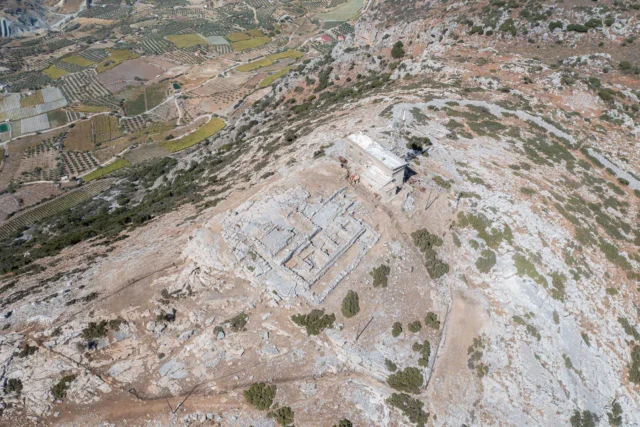

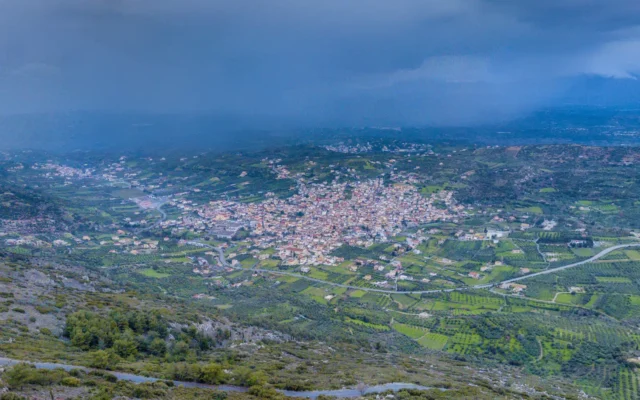
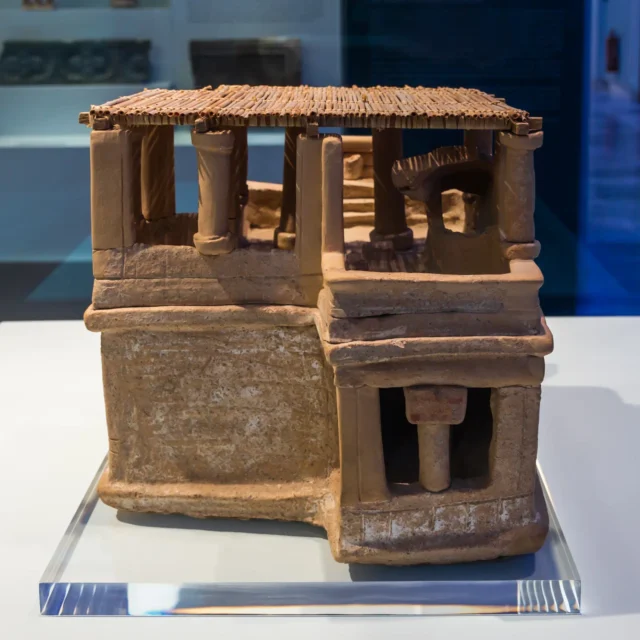




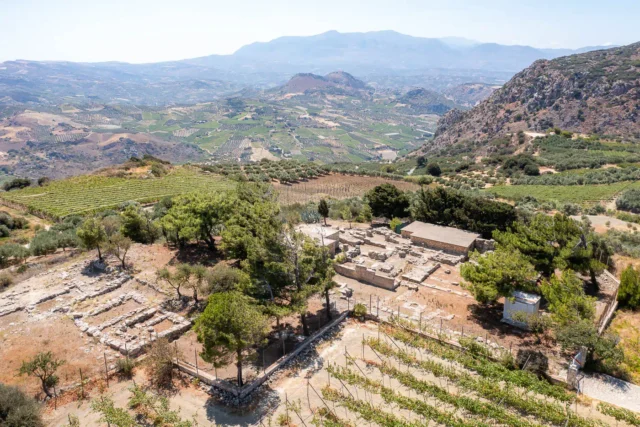
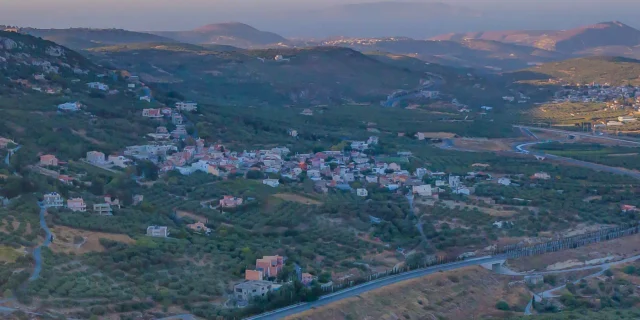

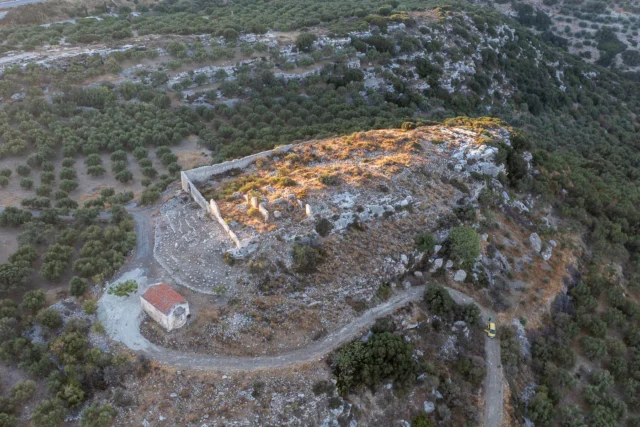

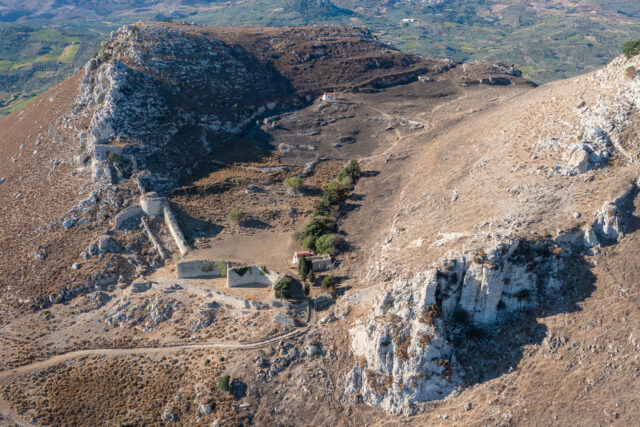
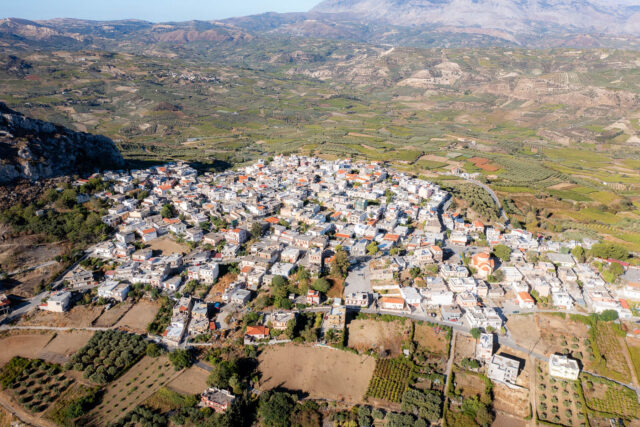
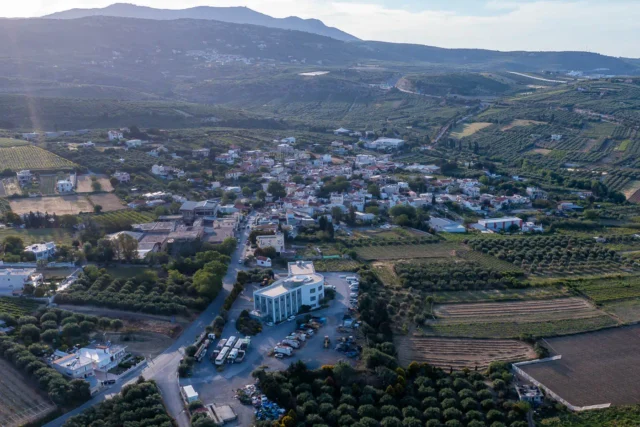
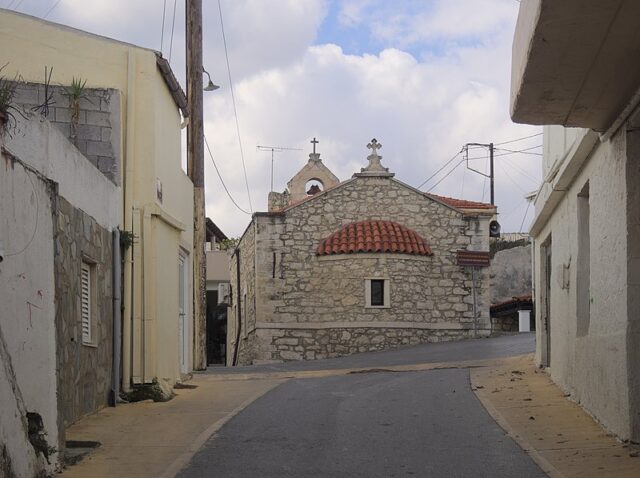

There are no comments yet.